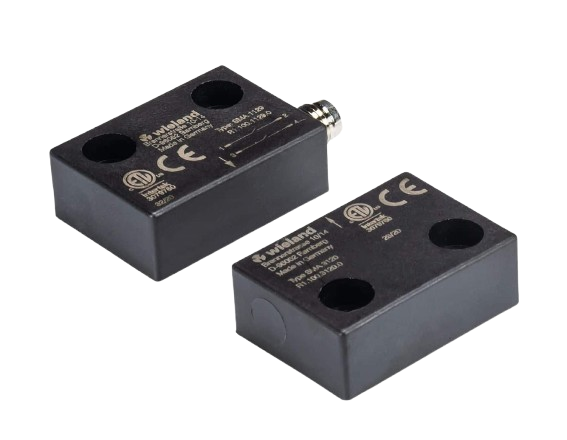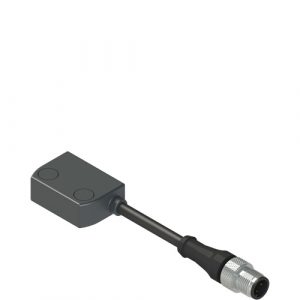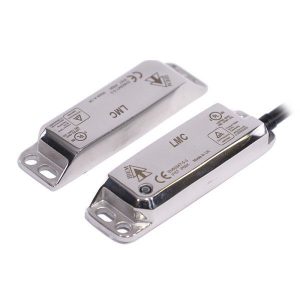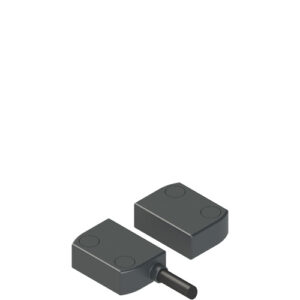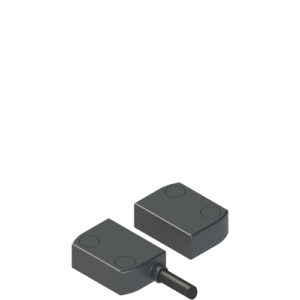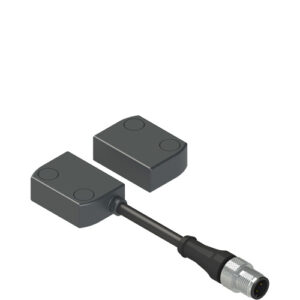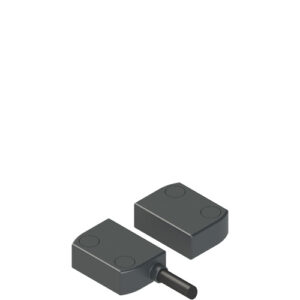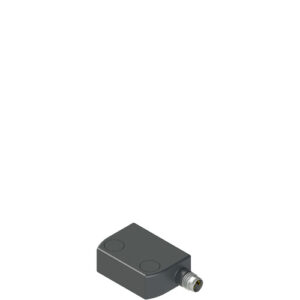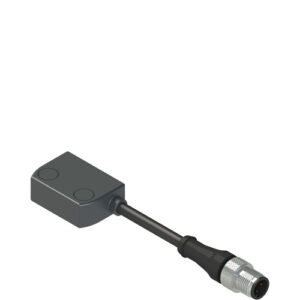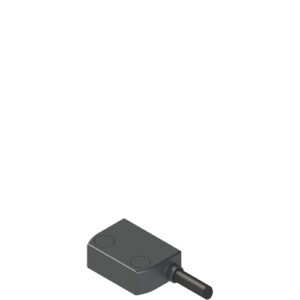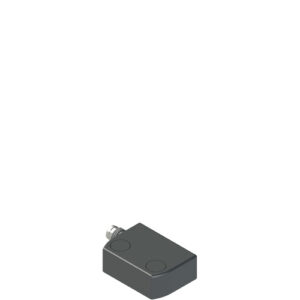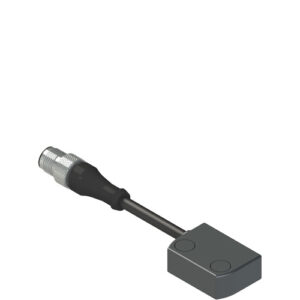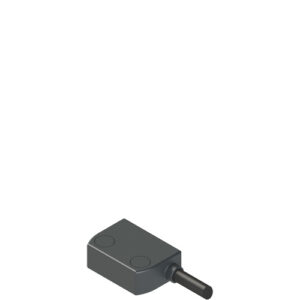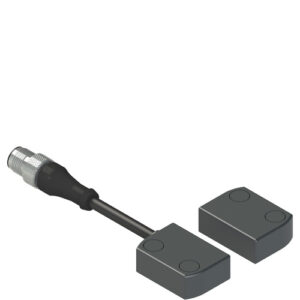Magnetic Coded Safety Sensors: Advancing Industrial Safety
Enhance industrial safety and compliance with our wide range of magnetic coded safety sensors. Designed for non-contact operation, these advanced devices provide reliable machine guarding…
Enhance industrial safety and compliance with our wide range of magnetic coded safety sensors. Designed for non-contact operation, these advanced devices provide reliable machine guarding for industrial environments, especially for safety doors, access panels, and hazardous equipment.
Introduction to Magnetic Coded Safety Sensors
What Are Magnetic Safety Sensors?
Magnetic safety sensors are non-contact safety switches that detect the presence or absence of a matching actuator. They are commonly used on guard doors, sliding panels, and access hatches in machines where frequent opening and closing is required.
Benefits of Non-Contact and Coded Operation
Their coded mechanism ensures that only a uniquely matched actuator will trigger the switch—offering tamper resistance and fail-safe operation. Being non-contact, they are ideal for environments with vibration, dust, or hygienic requirements.
Coded Magnetic Switches vs. RFID Safety Sensors
Coded magnetic switches use magnetic fields to confirm actuator presence, offering a simple and cost-effective solution. RFID safety sensors, on the other hand, offer higher security through encrypted identification and are suited for high-risk environments. Both options comply with safety standards like EN ISO 14119, and are used based on required security level, environmental conditions, and application type.
Key Features and Technical Specifications
Tamper Resistance and Fail-Safe Design
Each sensor features coded actuation to prevent tampering or defeat by standard magnets. The system defaults to a safe state if wiring is damaged or tampered with—ensuring fail-safe operation.
High Switching Distance and Compact Housing
Designed for flexibility, many models offer switching distances up to 15mm, with a compact housing suitable for tight installations.
Output Options: PNP, NPN, and Dual-Channel Inputs
Choose from PNP, NPN, or dual-channel outputs for easy integration into different types of safety relays or PLCs.
LED Status Indicators and IP67 Protection
Clear LED indication helps with diagnostics, and rugged IP67-rated enclosures withstand dust, water, and cleaning agents, ensuring durability in harsh environments.
Compliance and Safety Certifications
EN ISO 14119 and EN ISO 13849-1 Standards
These sensors comply with the leading standards for interlocking devices and safety control systems, meeting EN ISO 14119 and ISO 13849-1 requirements.
SIL 3 and PLe Safety Ratings
Depending on system architecture, magnetic coded safety sensors can help achieve SIL 3 or PLe safety levels when integrated properly with certified controllers.
CE, UL, and Industry-Specific Approvals
All units are CE marked and many carry UL and TÜV approvals, making them suitable for use in global markets.
Industrial Applications of Magnetic Safety Sensors
Machine Guarding and Robotic Cells
Used extensively in robotic safety cells, these sensors prevent access during operation, safeguarding personnel from moving machinery.
Safety for Packaging and Conveyor Systems
In packaging lines and conveyors, non-contact operation allows for quick cleaning and minimal downtime, especially in fast-moving production settings.
Use in Food, Beverage, and Pharmaceutical Equipment
Their non-contact, hygienic-friendly design suits cleanrooms and washdown environments, meeting the strict requirements of pharmaceutical and food-grade operations.
Integration with Safety Systems
Compatibility with Safety Relays and Controllers
Designed for seamless integration, most models are compatible with two-channel safety relays and programmable logic controllers, ensuring full control circuit monitoring.
M12 Connector Options and Wiring Methods
With M12 connectors and standard cable options, these sensors are quick to install and compatible with most control panels.
Installation Kits and Control Panel Integration
Mounting brackets, spacers, and wiring harnesses are available to simplify installation and ensure proper sensor-actuator alignment.
Magnetic Safety Sensors vs Other Technologies
Comparing to Mechanical Safety Switches
Unlike mechanical interlock switches, magnetic sensors have no moving parts and are not subject to mechanical fatigue—requiring minimal maintenance and increasing uptime.
Alternatives like Safety Light Curtains and Interlock Devices
Where body protection is required, light curtains may be preferred, but for compact spaces and door access, magnetic coded sensors offer a more efficient and tamper-proof solution.
Reed Switches and Bistable Magnetic Sensors
Reed switches are traditional, low-cost magnetic sensors using a sealed contact activated by a nearby magnetic field. Though less secure than coded sensors, they are still useful in non-critical applications with clean environments.
Bistable magnetic sensors retain their output state until the actuator position changes significantly. These are ideal in applications where mechanical latching is desirable but non-contact operation is still a requirement.
Choosing the Right Magnetic Safety Sensor
Factors for Product Selection
Consider the switching distance, mounting style, output type, and required safety level. Matching actuator codes to sensors is also critical to prevent bypassing.
Customization and Configuration Options
Options include different housing materials, mounting directions, LED diagnostics, and special versions for harsh or corrosive environments.
